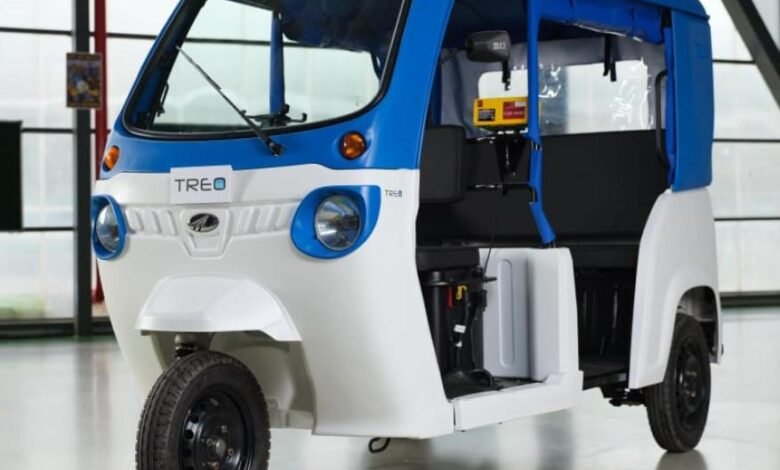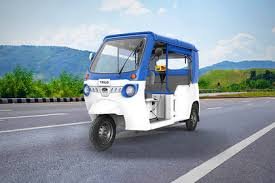Introduction: What Does “Auto” Really Mean?

The word “auto” is short for “automobile,” a term that has come to represent far more than just four wheels and an engine. Today, when we talk about , we’re referring to a vast universe that includes not just vehicles, but innovation, lifestyle, economy, and culture. From sleek sports cars to electric SUVs, the industry has become an inseparable part of our daily lives.
In casual conversations, “auto” can mean anything related to cars, whether it’s an auto repair shop, auto insurance, or an loan. For car enthusiasts, it means horsepower, torque, design, and performance. For the average commuter, it’s about reliability and fuel efficiency. This article explores all facets of the world, making it easier for anyone—from a curious beginner to a seasoned gearhead—to understand what it’s all about.
aren’t just a mode of transportation anymore; they’re a reflection of personal identity and modern technology. Let’s dive deeper and unpack the different dimensions of the world.
The Evolution of the Auto Industry

The auto industry didn’t become a giant overnight. It began with steam-powered vehicles in the late 18th century, but things really took off in the early 1900s when Henry Ford introduced the assembly line. The Model T made cars affordable for everyday Americans, and soon were no longer luxury items—they were necessities.
Over the decades, autos have evolved in design, safety, fuel efficiency, and performance. What started as boxy, black, gasoline-powered machines are now aerodynamic hybrids and electric vehicles available in every color and configuration imaginable. And the tech inside? Let’s just say cars now come equipped with more processing power than the computers that sent humans to the moon.
Today’s auto industry is global, competitive, and environmentally conscious. Manufacturers are investing in green technology, AI, and autonomous driving. Tesla, for example, pushed electric cars into the mainstream, while legacy brands like Ford, BMW, and Toyota have doubled down on innovation to stay relevant. The evolution of the auto isn’t just a timeline—it’s a testament to human creativity and engineering.
Types of Autos: More Than Just Cars
When we think of “autos,” we often picture a sedan or SUV. But the term encompasses much more. There’s a wide variety of vehicle types designed to meet different needs, lifestyles, and preferences.
First up, sedans—the everyday car. Practical, fuel-efficient, and usually affordable, sedans are perfect for commuting and small families. Think Toyota Corolla, Honda Civic, or Hyundai Elantra. They might not have the flash, but they get the job done efficiently.
Next, we have SUVs and crossovers, which have become the go-to choice for many families and adventurers. With their elevated stance, ample cargo space, and powerful engines, SUVs like the Ford Explorer, Jeep Grand Cherokee, and Kia Sportage offer versatility and comfort in equal measure.
Don’t forget trucks. Built for power and durability, trucks are the backbone of many industries. Whether it’s a Ford F-150 or a Chevrolet Silverado, trucks are more than just workhorses—they’ve become lifestyle vehicles for off-road enthusiasts and weekend warriors.
Then there are sports cars and luxury autos—the dream machines. Brands like Ferrari, Porsche, and Lamborghini represent the pinnacle of speed, design, and exclusivity. On the luxury side, think Mercedes-Benz, Audi, and BMW. These cars are statements, blending performance with prestige.
Last but not least, electric and hybrid vehicles are changing the game. Eco-conscious and tech-savvy, EVs like the Tesla Model 3, Nissan Leaf, and Chevrolet Bolt are leading the charge into the future of driving.
Auto Maintenance: Keeping Your Car in Top Shape
Owning an auto isn’t just about the thrill of driving—it also comes with the responsibility of maintenance. Regular upkeep ensures safety, improves performance, and prolongs the life of your vehicle. Unfortunately, it’s a part many car owners tend to overlook until something goes wrong.
Let’s start with oil changes. This is one of the most basic yet crucial aspects of auto maintenance. Your engine needs clean oil to run smoothly. Skipping oil changes can lead to engine damage, reduced efficiency, and costly repairs. Most manufacturers recommend an oil change every 5,000 to 7,500 miles, but always consult your car’s manual.
Tire care is another vital area. Tires are literally where the rubber meets the road. Regularly check the tire pressure, rotate them every 5,000–8,000 miles, and inspect for wear and tear. Proper tire maintenance improves fuel efficiency, handling, and safety.
Then there’s the brake system, which needs regular inspection. Squeaky brakes, a soft pedal, or vibrations can be signs it’s time for a check-up. Don’t ignore these signs—your brakes are your first line of defense in an emergency.
Also, keep an eye on the battery, fluids (coolant, transmission, brake), belts, and filters. These may not seem urgent, but they all play a crucial role in keeping your car running smoothly. Getting your vehicle inspected annually by a professional can help catch minor issues before they become major problems.
The Impact of Technology on Modern Autos
The auto industry today is almost unrecognizable compared to a couple of decades ago, and technology is the biggest reason why. From smart infotainment systems to autonomous driving features, today’s autos are smarter, safer, and more efficient than ever before.
Start with infotainment systems. Gone are the days of basic FM radios. Now, you’ve got touchscreens, Apple CarPlay, Android Auto, GPS navigation, voice commands, and more. These systems aren’t just about entertainment—they’re central hubs for communication and vehicle control.
Safety tech has also made massive strides. Features like adaptive cruise control, lane-keeping assist, blind spot monitoring, and automatic emergency braking help prevent accidents and make driving less stressful. Even budget-friendly models are starting to include these once-premium features.
One of the most revolutionary advancements is autonomous driving. While we’re not quite at the level of full self-driving cars zipping around our cities, features like Tesla’s Autopilot and GM’s Super Cruise are moving us closer to that reality. These systems can steer, accelerate, and brake without much human input, especially on highways.
Electric vehicles (EVs) and battery technology are another game-changer. With improvements in range, charging infrastructure, and battery life, EVs are becoming a practical alternative to gas-powered cars. And let’s not forget over-the-air updates, which allow manufacturers to push software improvements to your car without a trip to the dealer.
Buying an Auto: What to Know Before You Sign
Buying an auto is a big decision, whether it’s new or used. It’s not just about looks or horsepower—you’ve got to think about budget, reliability, purpose, and long-term costs.
First off, set a budget. Don’t just consider the purchase price—factor in insurance, maintenance, fuel, and registration costs. Know your credit score if you plan to finance the vehicle, and always shop around for auto loans. A slightly lower interest rate can save you thousands over time.
When choosing a car, think about your needs vs. wants. Do you need cargo space? Towing capacity? Better gas mileage? It’s easy to be swayed by a shiny sports car, but it might not be the practical choice for daily commuting or family road trips.
Always do a test drive and don’t rush. Pay attention to comfort, visibility, braking, and acceleration. Ask about warranties, return policies, and vehicle history if it’s used. Services like Carfax can tell you whether the car’s been in an accident or had major repairs.
Also, don’t forget insurance. Rates vary depending on your car’s make, model, and safety features. Some cars are cheaper to insure than others, so get quotes in advance.
The Future of Autos: What’s Coming Next?
The auto world is on the brink of even more dramatic changes. Autonomous vehicles, shared mobility, connected infrastructure, and sustainable materials are just a few of the things shaping the future of autos.
Experts predict that within the next two decades, fully self-driving cars will become mainstream. This could drastically reduce accidents caused by human error, ease traffic congestion, and make commuting more efficient. Companies like Waymo and Apple are investing billions in this future.
Electric and hydrogen-powered vehicles will dominate the streets. As climate change becomes a pressing concern, countries are pushing for zero-emission vehicles. Automakers are pledging to go all-electric by certain dates—Volvo, GM, and even Ford have bold goals for EV-only lineups.
Finally, we’ll see more smart infrastructure. Roads and traffic lights may start communicating with your vehicle, helping to reroute in real time or prevent accidents. Vehicle-to-vehicle (V2V) and vehicle-to-infrastructure (V2I) communication could become standard, creating a fully connected driving ecosystem.
Conclusion: The Auto Is More Than Just a Machine
At its core, an auto is a marvel of engineering and a symbol of freedom. Whether you use it for daily errands, long road trips, or as a hobby, it’s hard to imagine life without one. From its rich history to its promising future, the auto continues to evolve alongside humanity.
As we move toward smarter, cleaner, and more connected vehicles, one thing’s for sure—the auto isn’t going anywhere. It’s simply shifting gears into a new era.
So, whether you’re shopping for your first car, upgrading to an electric vehicle, or just a fan of the rumble of a V8, remember: the auto world has something for everyone. Buckle up—it’s going to be a thrilling ride.
YOU MAY ALSO READ



